|
Sep 13, 2010
|
Aug 03, 2010
|
Jul 26, 2010
|
Jul 26, 2010
|
Jul 26, 2010
|
Jul 19, 2010
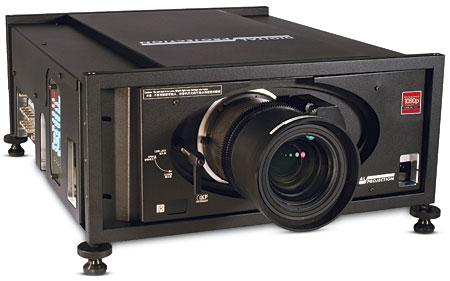

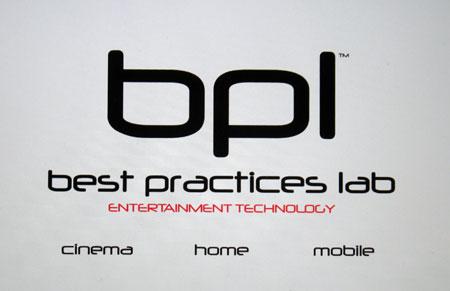

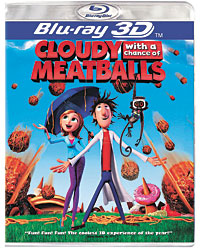 Flint Lockwood has been obsessed with science and inventing since grade school. He lives on an isolated island that has long since lost its vitality when the sardine trade, its major industry, went under. But Flint has a plan that could change all that, with the Flint Lockwood Diatonic Super Mutating Dynamic Food Replicator, or, as Flint puts it, FLD SM DFR (flid sim difur) for short. It turns water into food.
Flint Lockwood has been obsessed with science and inventing since grade school. He lives on an isolated island that has long since lost its vitality when the sardine trade, its major industry, went under. But Flint has a plan that could change all that, with the Flint Lockwood Diatonic Super Mutating Dynamic Food Replicator, or, as Flint puts it, FLD SM DFR (flid sim difur) for short. It turns water into food.
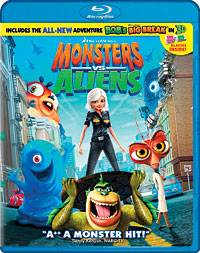 Earth is threatened. Galaxar, a four-eyed, tentacled, interstellar bad guy, is headed our way in search of his lost Quantonium, which it seems is even more valuable than Unobtainium. To make things worse, the Quantonium has landed on earth, struck a bride-to-be named Susan, and turned her into the proverbial 50-foot woman, much to the horror of her groom and wedding guests. She is thrown into an Area 51–like prison, where other monsters have been squirreled away from the public for decades. Out of options, the U.S. president recruits the monsters as Earth’s best hope for survival.
Earth is threatened. Galaxar, a four-eyed, tentacled, interstellar bad guy, is headed our way in search of his lost Quantonium, which it seems is even more valuable than Unobtainium. To make things worse, the Quantonium has landed on earth, struck a bride-to-be named Susan, and turned her into the proverbial 50-foot woman, much to the horror of her groom and wedding guests. She is thrown into an Area 51–like prison, where other monsters have been squirreled away from the public for decades. Out of options, the U.S. president recruits the monsters as Earth’s best hope for survival.
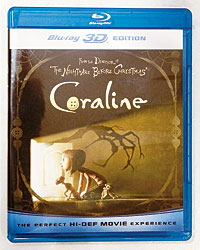 Coraline Jones is a lonely little girl. She has just moved into a creepy old house, has no real friends, and her parents are so preoccupied with their work on a gardening catalog that they have no time for her. But she soon discovers a small, papered-over doorway in the living room. It leads to another universe—similar to her own but different in important ways. Her “other” parents in that universe are devoted to satisfying her every whim. Her only new friend there doesn’t talk much (actually, not at all), the neighbors who share the old, subdivided house are fascinating rather than merely eccentric, and everything is colorful and fun.
Coraline Jones is a lonely little girl. She has just moved into a creepy old house, has no real friends, and her parents are so preoccupied with their work on a gardening catalog that they have no time for her. But she soon discovers a small, papered-over doorway in the living room. It leads to another universe—similar to her own but different in important ways. Her “other” parents in that universe are devoted to satisfying her every whim. Her only new friend there doesn’t talk much (actually, not at all), the neighbors who share the old, subdivided house are fascinating rather than merely eccentric, and everything is colorful and fun.
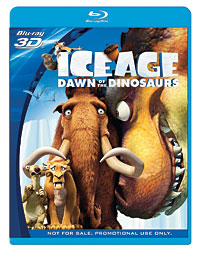 As the third installment of the Ice Age franchise, you’d expect the latest adventures of our odd herd of prehistoric mammal friends—Sid the sloth, Manny and Ellie the wooly mammoths, Diego the saber-toothed tiger, Crash and Eddie the possums, and (off on his own as usual) everyone’s favorite latter-day Coyote, Scrat, the squirrel-rat. Scrat’s role has grown with each entry in the series, and here he gets a love (or rather love-hate) interest in Scrattle, a challenge to his acorn obsession.
As the third installment of the Ice Age franchise, you’d expect the latest adventures of our odd herd of prehistoric mammal friends—Sid the sloth, Manny and Ellie the wooly mammoths, Diego the saber-toothed tiger, Crash and Eddie the possums, and (off on his own as usual) everyone’s favorite latter-day Coyote, Scrat, the squirrel-rat. Scrat’s role has grown with each entry in the series, and here he gets a love (or rather love-hate) interest in Scrattle, a challenge to his acorn obsession.

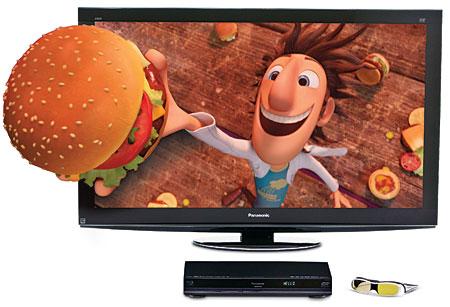
 Price: $2,600 At A Glance: Precise color gamut in THX mode • Near reference black level • Sparkling 3D—and 2D—performance
Price: $2,600 At A Glance: Precise color gamut in THX mode • Near reference black level • Sparkling 3D—and 2D—performance




